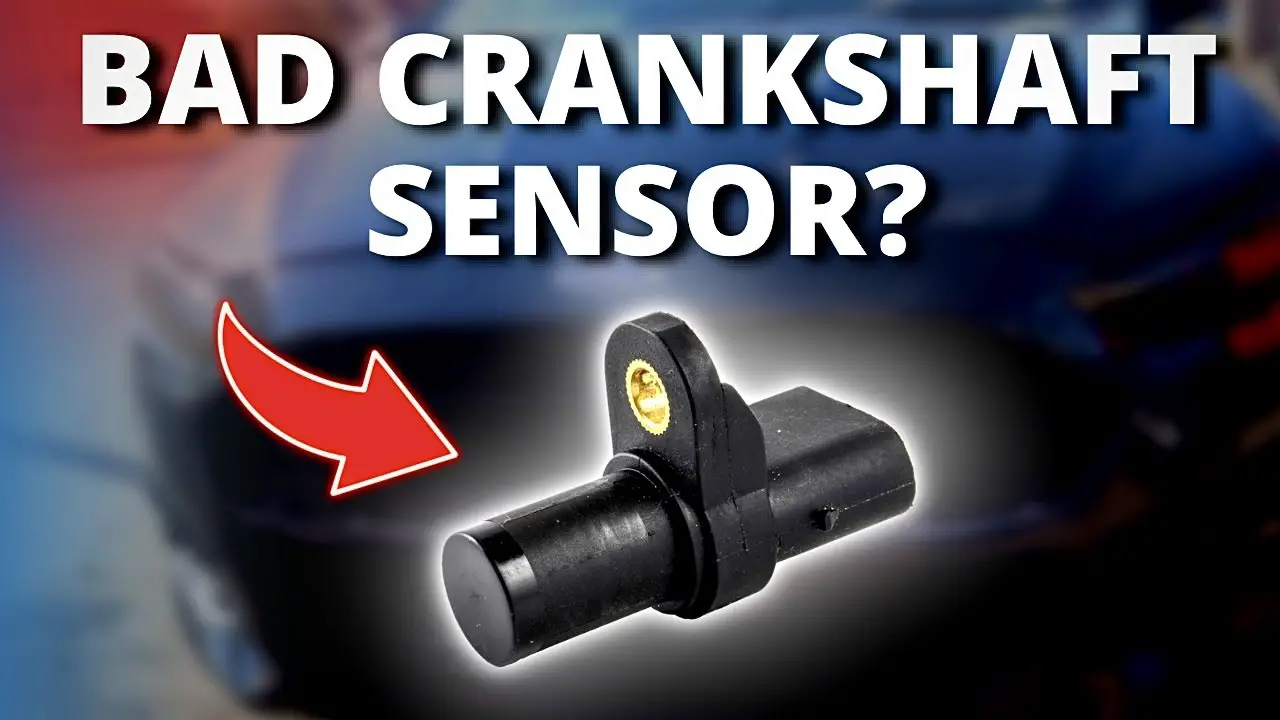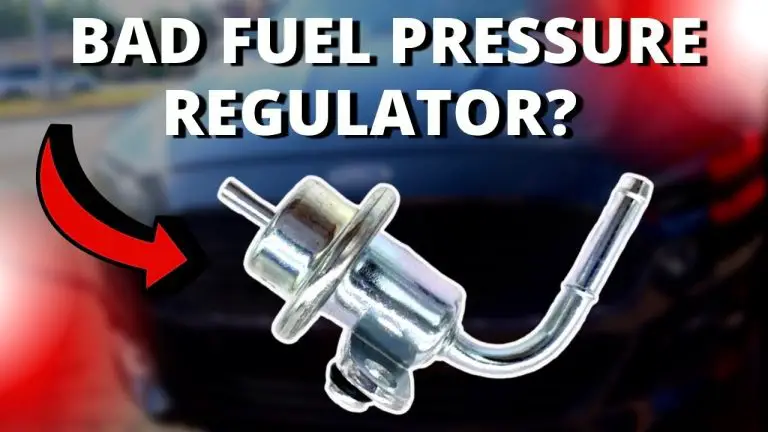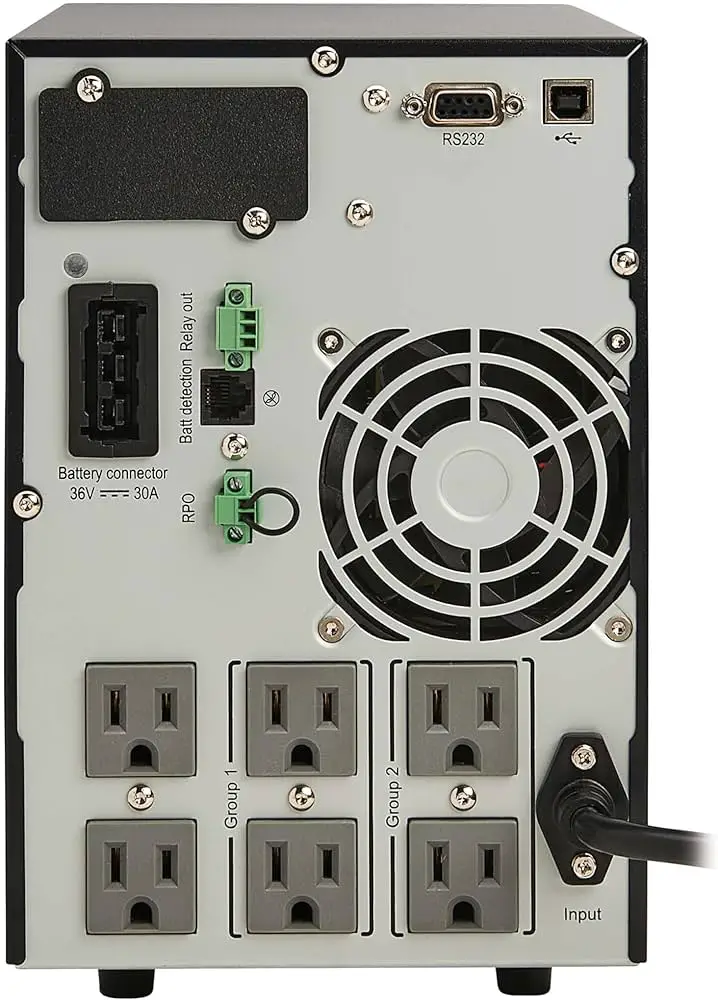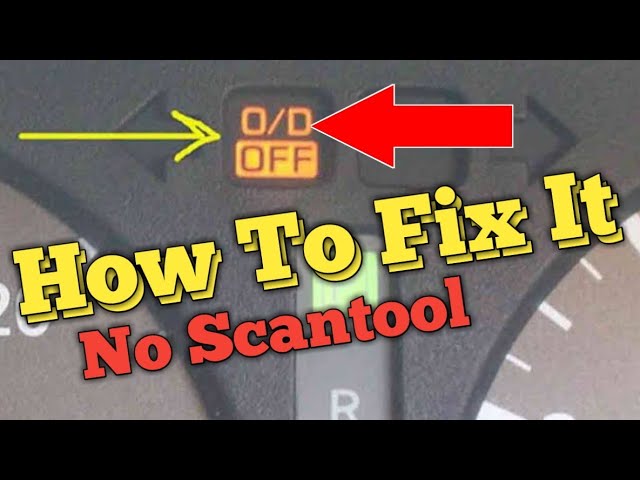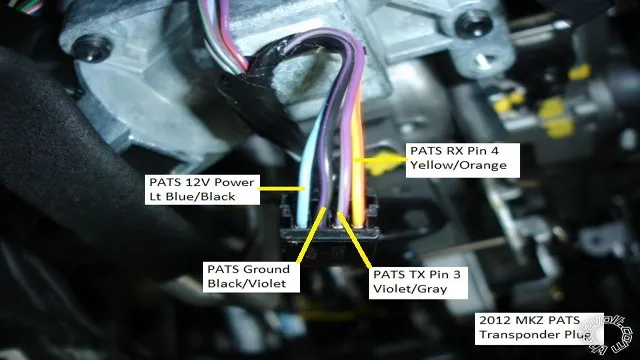How to Tell If Crankshaft Position Sensor is Bad: Quick Guide
Are you experiencing issues with your vehicle’s performance? It could be due to a faulty crankshaft position sensor. This crucial component plays a vital role in the proper functioning of your car’s engine. Knowing the signs of a bad crankshaft position sensor can help you diagnose and address the problem before it leads to more severe issues.
Symptoms of a Bad Crankshaft Position Sensor
Identifying the symptoms of a bad crankshaft position sensor is essential for timely intervention. Here are some common indicators to watch out for:
- Difficulty starting the engine
- Intermittent stalling or engine cutouts
- Illuminated check engine light
- Poor acceleration
- Decreased fuel efficiency
If you notice any of these signs, it’s crucial to address the issue promptly to prevent further damage to your vehicle.

Credit: www.youtube.com
Diagnosing a Faulty Crankshaft Position Sensor
When experiencing the symptoms mentioned above, it’s essential to diagnose the crankshaft position sensor to confirm the issue. Here are a few steps to help you with the diagnosis:
- Use an OBD-II scanner to retrieve trouble codes from the vehicle’s onboard computer.
- Visually inspect the sensor for any signs of damage, such as burnt housing or debris accumulation.
- Test the sensor’s functionality using a multimeter or an oscilloscope to measure the electrical signals it produces.
Following these diagnostic steps can help you pinpoint the problem and determine if the crankshaft position sensor requires replacement or repair.
Consequences of Ignoring a Bad Crankshaft Position Sensor
Ignoring the symptoms of a bad crankshaft position sensor can lead to severe consequences for your vehicle. Continued operation with a faulty sensor can result in:
- Engine misfires
- Complete engine failure
- Permanent damage to engine components
These consequences can significantly impact your vehicle’s performance and lead to costly repairs. Therefore, it’s crucial to address the issue as soon as possible.

Credit: www.thisdaylive.com
Testing and Fixing a Bad Crankshaft Position Sensor
Once you’ve confirmed that the crankshaft position sensor is the source of the problem, you may need to replace or repair it. Here are the general steps involved in testing and fixing a bad crankshaft position sensor:
- Locate the position of the sensor in your vehicle’s engine.
- Disconnect the electrical connector and remove the sensor from its mounting location.
- Test the sensor using a multimeter or an oscilloscope to verify its functionality.
- If the sensor is faulty, replace it with a new one that meets the manufacturer’s specifications.
Following these steps will help restore your vehicle’s performance and prevent further issues related to a faulty crankshaft position sensor.
Frequently Asked Questions
What Are The Symptoms Of A Bad Crankshaft Position Sensor?
Symptoms of a bad crankshaft position sensor include illuminated check engine light, hard starting, and misfires. A faulty sensor can prevent the vehicle from starting, so immediate repair is necessary.
How Do You Test A Crankshaft Position Sensor?
To test a crankshaft position sensor, use an oscilloscope to check signal output and wiring integrity.
What Are The 7 Symptoms Of A Bad Camshaft Position Sensor?
Some symptoms of a bad camshaft position sensor include hard starting, misfires, illuminated check engine light, and engine stalling.
Will An Engine Run With A Bad Crankshaft Position Sensor?
A bad crankshaft position sensor can cause hard starting, misfires, and an illuminated check engine light. In fact, many engines will not run if the sensor is faulty. It’s best not to drive until this part is fixed.
Conclusion
Understanding the symptoms of a bad crankshaft position sensor and knowing how to diagnose and address the issue is crucial for maintaining your vehicle’s performance and preventing costly repairs. By staying vigilant and addressing any signs of sensor failure promptly, you can ensure the smooth operation of your vehicle’s engine and prolong its lifespan.

